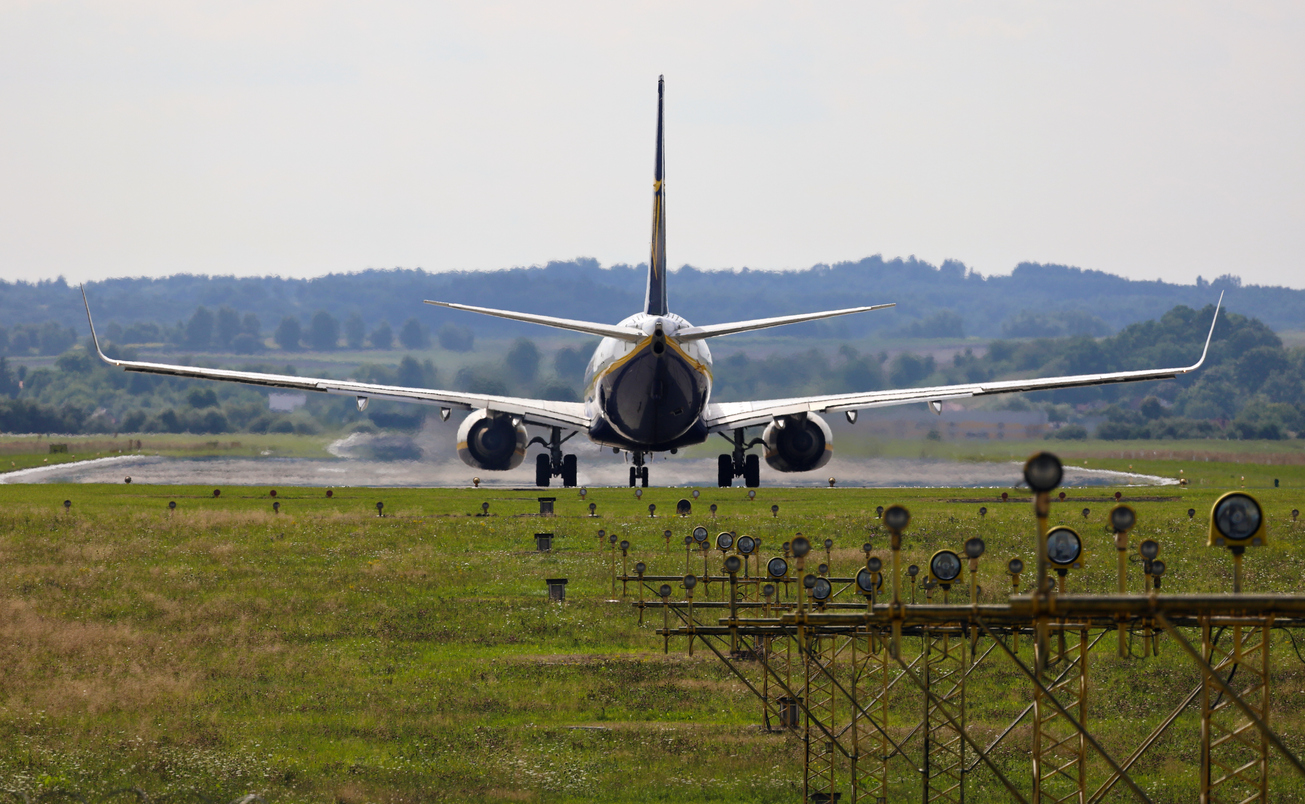One of the axioms of aviation is you can do everything right, but if someone else messes up— like starting their takeoff roll before your airplane clears the active runway—you still get hurt.
Runway incursions happen, and Honeywell is focusing on software that will help reduce their numbers.
According to the FAA, a runway incursion is any occurrence at an aerodrome involving the incorrect presence of an aircraft, vehicle or person on the protected area of a surface designated for the landing and take off of aircraft. A surface incident is a closely related event that occurs when there is an unauthorized or unapproved movement within the designated area (excluding runway incursions), or there is an occurrence in that same area associated with the operation of an aircraft that affects or could affect the safety of flight.
Honeywell is working on Surface Alert, or SURF-A, a software technology that will help pilots avoid both.
SURF-A uses GPS data, automatic dependent surveillance-broadcast (ADS-B) equipment, and advanced analytics to pinpoint the exact location of traffic hazards. According to Thea Feyereisen, a flight safety expert, Honeywell’s SURF-A software will be like adding an ever-vigilant “third set of eyes” in the cockpit of an airliner or business jet.
“SURF-A will improve flight crew situational awareness and reduce the risk associated with runway incursions, which are happening more frequently as flight hours increase and airports get busier,” said Feyereisen, who is a senior technical fellow at Honeywell Aerospace Technologies.
At the present time, there are groundside systems that warn air traffic controllers of potential problems. SURF-A will provide a warning to pilots creating a multifaceted approach to runway safety as it gives pilots real-time aural and visual alerts when they’re on a trajectory to collide with an aircraft or ground vehicle within 30 seconds.
According to the FAA, there are four categories of runway incursion, classified as A, B, C, and D. SURF-A targets Categories A and B, which are the most serious as they are narrowly missed collisions or there is a significant potential for collision, which may result in a time critical corrective/evasive response to avoid a collision.
According to Feyereisen, Honeywell has been working on the technology for several years, including tests in Europe and the U.S..
“Things slowed down during COVID-19, but now that flight numbers are back, the margins of safety are more and more narrow,” she said, adding that the company is galvanized when there is a lack of separation or a near miss.
Part of Honeywell’s research includes analyzing FAA data on runway incursions and analyzing the human factors elements. There are a great many ATC operators who are retiring and younger, less-experienced personnel moving into their positions. The same can be said for the cockpits of airliners as the regional and legacy carriers hire relatively low-time pilots to meet their customer demand for travel.
Honeywell, which successfully tested SURF-A capabilities during a series of flights in December has plans to begin demonstration flights in its Boeing 757 this summer for regulators, airlines, and news media representatives in the U.S. and Europe.
“It was gratifying to see how effective SURF-A was in our flight tests at alerting pilots so they could execute avoidance maneuvers,” Feyereisen said. “The system checked all the boxes, and we gathered lots of information that will help us accelerate the development and certification processes over the next two years.
The new technology joins Smart X, Honeywell’s portfolio of runway safety products that also includes Runway Awareness and Advisory System (RAAS) and the SmartRunway and SmartLanding software introduced 15 years ago. Available through a software upgrade to an aircraft’s required enhanced ground proximity warning system (EGPWS), they can boost flight crew situational awareness during taxi, takeoff, and landing.
Honeywell anticipates a “forward fit” opportunity, meaning aircraft will be outfitted with it before they leave the factory.
SURF-A will have the ability to determine where the aircraft is positioned and if there is another aircraft still on the runway.
“Using this knowledge of own ship position, I know if I am taking off and if another aircraft is still on the runway the algorithm in addition to GPS position of the other aircraft will let me know there is an another aircraft on the runway as soon as I advance the throttles,” said Feyereisen.
Part of this is made possible by information obtained from each aircraft’s ADS-B Out data, said Brad Miller, Honeywell chief engineer. In the air, ADS-B gives an auditory and visual warning when traffic is detected nearby.
“This is the extension of that, it implements this runway safety function,” Miller said.
As long as the other vehicle has ADS-B on board, SURF-A will be able to detect it.
The auditory warnings can be in either a male or female voice. Honeywell has professional voice actors who record the required messages “with an appropriate sense of urgency,” according to Miller. The airlines choose which gender they want.
Honeywell expects SURF-A to be released in 18 to 24 months.
